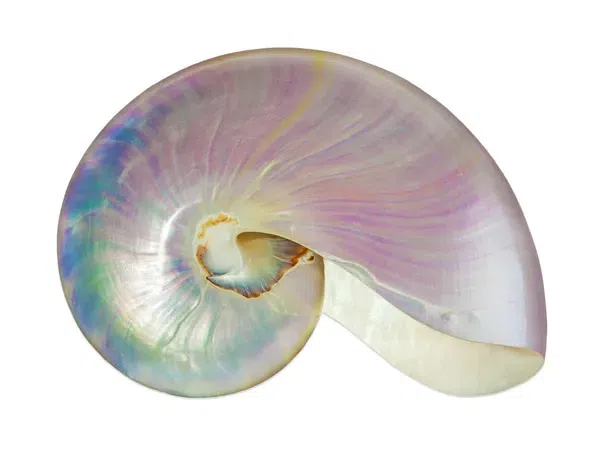Seashell material, in the context of furniture, is typically not used as the primary structural material but as a decorative inlay or accent. This material is derived from the hard outer shells of marine mollusks, such as clams, oysters, mussels, and abalone, and is appreciated for its unique coloration, iridescence, and natural pattern.
Here are some features and applications of seashell material in furniture:
Aesthetics: Seashell material often has a natural luster and an iridescence known as nacre, particularly in the case of mother-of-pearl, which is sourced from the inner shell of pearl oysters. This decorative quality makes it highly desirable for use in inlay work, where small pieces are intricately cut and set into the surface of wood, metal, or other material to create ornate patterns or images.
Craftsmanship: Working with seashell material requires skilled craftsmanship. The material is delicate and can be brittle, which makes cutting and shaping a precise and careful process. Craftspersons use specialized tools to avoid cracking or chipping the shells when creating inlays or veneers.
Sustainability: Using seashell material can be sustainable if sourced responsibly, particularly from the byproduct of the food industry where shells might otherwise be discarded. However, it's important to consider the conservation status of the marine species and to ensure that sourcing does not harm ecosystems or violate regulations regarding endangered species.
Durability: Though delicate to work with, once seashell material is properly inlaid and sealed within a piece of furniture, it can be quite durable. The surfaces are typically covered with a layer of clear resin or lacquer to protect the seashell from wear and to enhance its visual depth.
Applications: Seashell material is most commonly used as an embellishment on high-end, luxury furniture items such as tables, cabinets, chairs, and mirrors. It's also used in creating knobs, pulls, and other decorative hardware.
Care: Furniture with seashell inlays requires careful maintenance to preserve its beauty. Harsh chemicals or abrasive cleaners can damage the shells' luster, so it's best to use a soft cloth and gentle, non-abrasive cleansers when cleaning these pieces.
Varieties: There are various types of seashell materials used in furniture-making. Mother-of-pearl (pearly lining from mollusk shells), abalone (known for its vibrant colors), and tortoiseshell (historically from turtles but now often imitated using synthetics due to conservation efforts) are some of the more common types found in fine furniture.
While seashell material is not a mainstream material for producing entire pieces of furniture, its unique properties and stunning appearance make it a favored choice for those looking to incorporate luxurious and exotic elements into their interior design.



